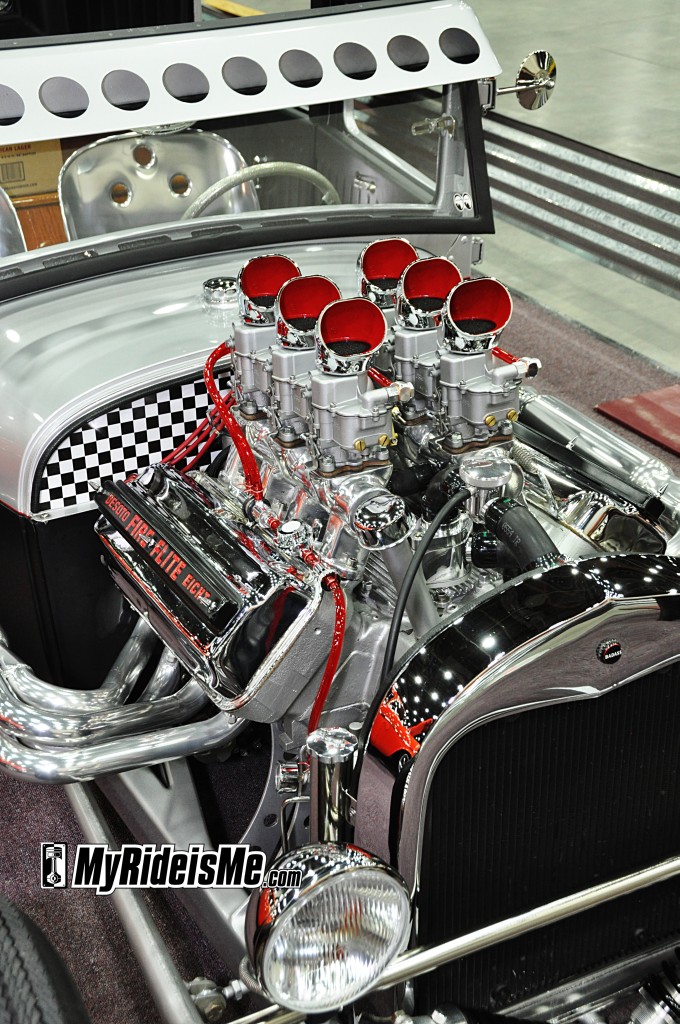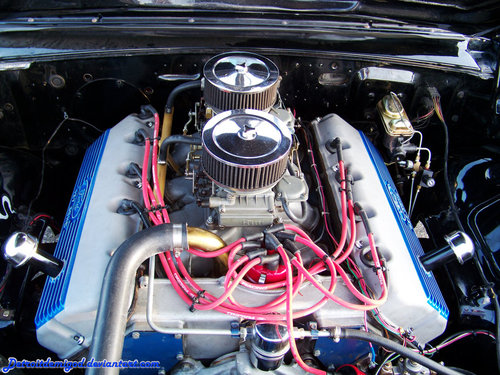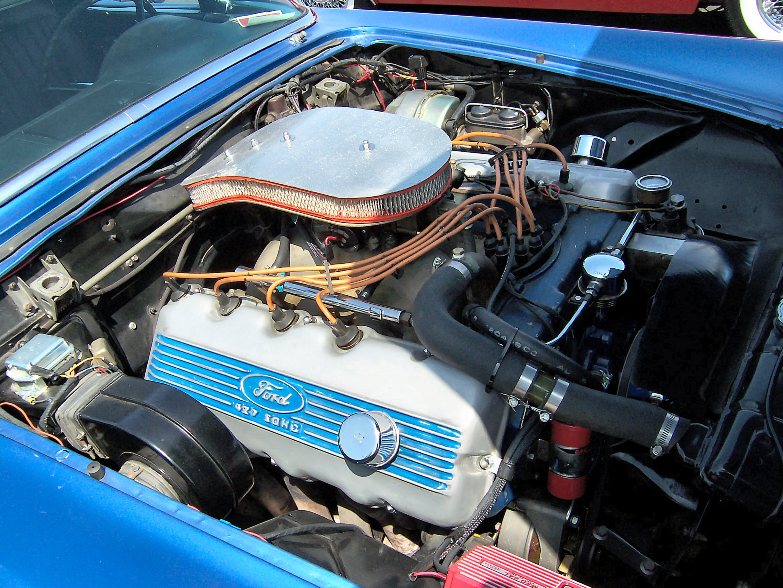ToofLife
Member
My 1962 Dodge Lancer project has begun....doing all the little things necessary to fire up and drive a car that has been sitting quietly for many years...waiting for me to love it.
My first question is regarding the engine serial number. The guy I bought the car from said it originally had a 170 cid, but was replaced with a 225 cid. I don't know where, when, or from what this second engine came. There was no air cleaner at all..he said it was stolen. I've poured through endless posts and search pages trying to find a definitive reference for deciphering the serial number code. It's a bit confusing. The serial number is 6225 R 2326. From what I've read, I'm sure it's a 225. I'm thinking it might be a 1976 engine, but the date code at the end makes no sense to me.

The other issue that has me baffled is the crankcase ventilation system. I'll assume I need a breather with a hose connection to go to the crankcase breather inlet. I see the vent line from the fuel line which returns to the carb. As I understand it, the hose from the PCV valve should return air to the intake manifold. I see no provision at all on the manifold or the carb for such a hose. Would it have gone back into the air breather to be filtered before being sucked back down the carb? I would think that the wet oily air would gum up the air filter and the carb. Would an engine from 1962 even have a PCV return system, or would the hose just trail under the frame as an OCV system?



I starting to believe I'm going to have to utilize a catch-can filtration apparatus so I can return the air back into the air cleaner without making a mess.
This is my first ever post requesting help. I'm prepared to be dazzled.
My first question is regarding the engine serial number. The guy I bought the car from said it originally had a 170 cid, but was replaced with a 225 cid. I don't know where, when, or from what this second engine came. There was no air cleaner at all..he said it was stolen. I've poured through endless posts and search pages trying to find a definitive reference for deciphering the serial number code. It's a bit confusing. The serial number is 6225 R 2326. From what I've read, I'm sure it's a 225. I'm thinking it might be a 1976 engine, but the date code at the end makes no sense to me.
The other issue that has me baffled is the crankcase ventilation system. I'll assume I need a breather with a hose connection to go to the crankcase breather inlet. I see the vent line from the fuel line which returns to the carb. As I understand it, the hose from the PCV valve should return air to the intake manifold. I see no provision at all on the manifold or the carb for such a hose. Would it have gone back into the air breather to be filtered before being sucked back down the carb? I would think that the wet oily air would gum up the air filter and the carb. Would an engine from 1962 even have a PCV return system, or would the hose just trail under the frame as an OCV system?
I starting to believe I'm going to have to utilize a catch-can filtration apparatus so I can return the air back into the air cleaner without making a mess.
This is my first ever post requesting help. I'm prepared to be dazzled.




























